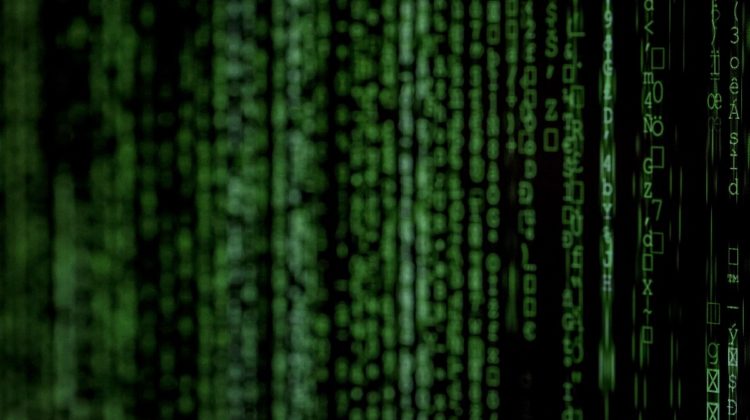
5G and 6G sound incredibly ambitious, and to be fair, satisfactory.
However, this is the quantum realm. Classical physics came with so many limitations. But the principles of quantum mechanics are reshaping how we see and interact with the world.
What better way can we take advantage of quantum knowledge than to incorporate it into the internet of the future?
The US Department of Energy recently unveiled its blueprint and engineering goals for the step-by-step development of the quantum internet.
The quantum internet will enable devices to exchange information by harnessing the weird laws of quantum mechanics, that is, quantum superposition and quantum entanglement.
Conventional computers encode data in bits. A bit can be one of the two states, either 0 or 1.
Quantum computers, on the other hand, leverage the principle of quantum superposition. In superposition, particles can exist in two different states at the same time.
Instead of bits, quantum computers use qubits. A qubit can be 0,1, or both simultaneously.
Also, the qubits are entangled. Quantum entanglement implies that the particles remain connected regardless of the distance, and actions performed on one particle affect the other. Therefore, knowing the state of one can tell you the state of the other.
In simple terms, the quantum internet will involve sending entangled qubits across a network of multiple quantum devices. The qubits are sent as photons via fiber optic cables.
These unique qualities, among many others, open new doors for the distinct application of large-scale quantum networks.
We cannot foresee all the possible applications of the quantum internet yet, but it already has several exciting prospects.
One of the areas the quantum internet promises to revolutionize most is the domain of online security and safer communication.
Quantum cryptography
Modern-day encryption relies on algorithms that generate distinct keys for the two parties involved in communication. While the encryption method is secure and sophisticated, it is not entirely impossible to hack into or break.
Additionally, the internet of things(IoT) will require a stronger encryption method to protect the enormous amount of data moving through it.
Experts have been on the search for better encryption methods. One attractive alternative is making encryption more quantum-driven.
The idea of quantum cybersecurity is called quantum key distribution (QKD).
The basis of the concept is that the sender encrypts data by encoding it into qubits and transmits them to the receiver, who then measures the properties of the qubits to decode the information.
Think of qubits as the transportation method for the information. As soon as the receiver measures the values of qubits, they begin to collapse.
The act of measuring a qubit means that it is assigned a state. A measured qubit automatically falls from its dual state and is relegated to 0 or 1, just like a classical bit.
As a result, it is possible to detect whether a third party intercepted the qubits and tried to crack the code. Eavesdropping on a quantum channel is extremely difficult.
It could be made even more difficult by leveraging the quantum entanglement phenomenon. Entangled particles are linked; knowing the state of one will tell you the state of the other. When one changes, the other one changes too, alerting the users about a possible breach. This is a potential way to reinforce the security of the data.
The new mode of encryption will come in handy in protecting military, health, financial, and even personal information.
The quantum internet has been hyped to be the technology that will deliver virtually instantaneous communication speeds; potentially faster than the speed of light.
There is no doubt that it will be extremely fast, but faster than the speed of light, really?
This would break one important rule of physics; that nothing can travel faster than the speed of light.
The prospect of faster-than-light communication is based on the quantum entanglement phenomenon. As previously mentioned, entangled particles exhibit an instantaneous interaction with each other, regardless of the distance hence breaking the speed of light.
The major setback is that with our current understanding of quantum mechanics, it is impossible to send data using quantum entanglement.
An article published in Forbes explores this in broad detail. It proposes scenarios where FTL communication may be possible but proceeds to highlight reasons why they may not be feasible.
The results of quantum measurements are random. It’s impossible to force entangled particles into a particular state or force measurement to produce a particular outcome.
As a result, it is still impossible to send messages faster than the speed of light via quantum entanglement. Nevertheless, aggressive research on the phenomenon provides reason to believe that FTL communication might be possible with some intricate manipulation of the quantum systems.
Notably, Chinese scientists have demonstrated that entanglement can be used to achieve quantum teleportation experimentally. The real hurdle remains to devise ways to communicate at FTL speeds through this weird phenomenon.
